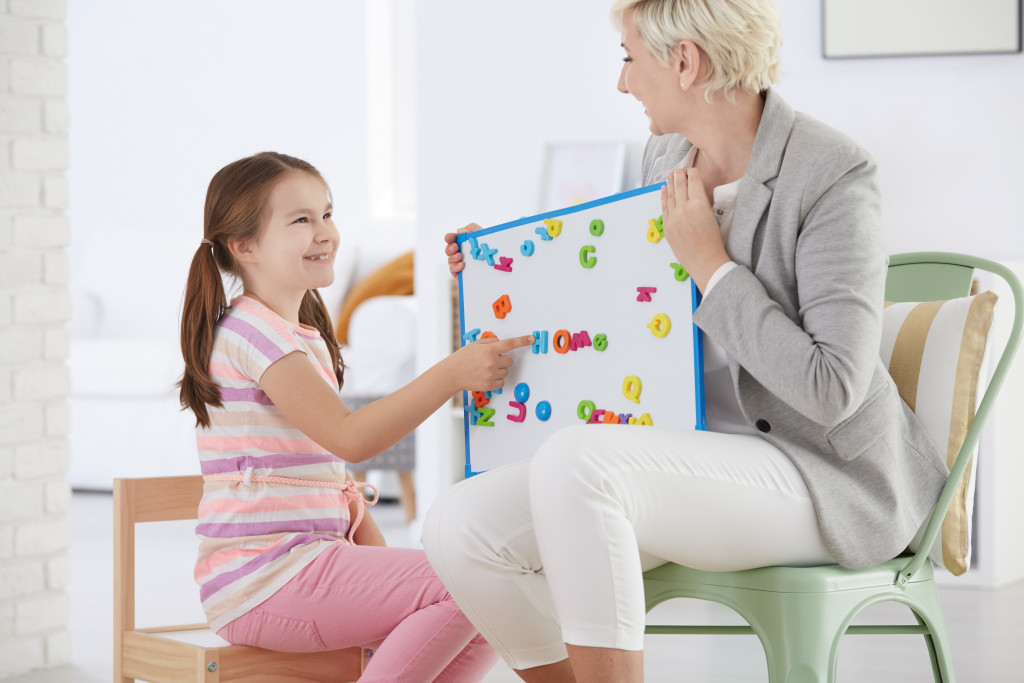Over the years, grown-ups tend to slowly forget what it’s like to learn as a child. Our senses become acclimatized to the world as we fall into routine patterns of living, but for children who have yet to fully explore their world, every little detail can be something new and interesting. A child’s process of learning is a fully sensory experience; just look around at children’s toys or story books for kids, and you can see how they are carefully designed to stimulate children across various ages through the use of bold colors, defined shapes and features, or distinct textures. Embedded devices or scratch-and-sniff areas can also stimulate hearing and smell. The influence of sensory stimuli on improved learning can be further enhanced through these simple techniques and activities you can do at home.
Introduction to art
Most adults find that learning art can be a difficult and frustrating experience; the common perception is that if you aren’t born gifted, you’re doomed to fail at drawing or painting, for example. This is actually a misconception, since everyone can improve in a skill by adopting a growth mindset. Thankfully, children don’t have any of these inhibitions; as a parent, one of the best things you can do to encourage a child’s developing skill with art is to simply let them play with a wide variety of materials and enjoy the process, rather than focusing on the result. Non-toxic materials such as crayons, children’s paint, and modeling clay allow the young artist to experiment and express their ideas or feelings with opportunities for visual and tactile learning.
Song and dance

You’ve probably heard about the studies showing that playing classical music, especially Mozart, to babies while still in the womb is most stimulating. As adults, we employ the power of music at various times of the day to create a sense of relaxation during stressful moments, or get the blood flowing during a workout, for example. In a similar way, you can facilitate a child’s learning by employing song and dance in many lessons. Studies have demonstrated that learning music and language both stimulate the same areas of the brain; perhaps this is why any toddler can learn their ABC’s to the tune of Mozart’s “Ah, vous dirai-je, maman” – and which no adult subsequently forgets. Toy instruments, and instructional videos or audio clips that set lessons to music while also engaging your child’s movements, will help develop better motor skills and coordination.
Exploring the kitchen
Not all children’s activities are effectively geared to take advantage of all five senses. Taste and smell, in particular, may tend to get left out. Yet the simple daily task of cooking offers an excellent opportunity for children to be involved and have a sensory learning experience. You don’t have to give them any tasks which require the handling of sharp objects or delicate instruments; simply let them observe and interact with the ingredients, while teaching them more about their food. A blindfold test of spices is another fun way to raise their level of familiarity with food while also expanding their descriptive vocabulary. In this way, you can also set the foundations for a child to develop the vital life skill of cooking and understanding good nutrition.
Using these basic techniques to engage your child’s senses, everyday activities and simple toys can be transformed into powerful learning aids and experiences, enriching their progress to developing many basic skills.

